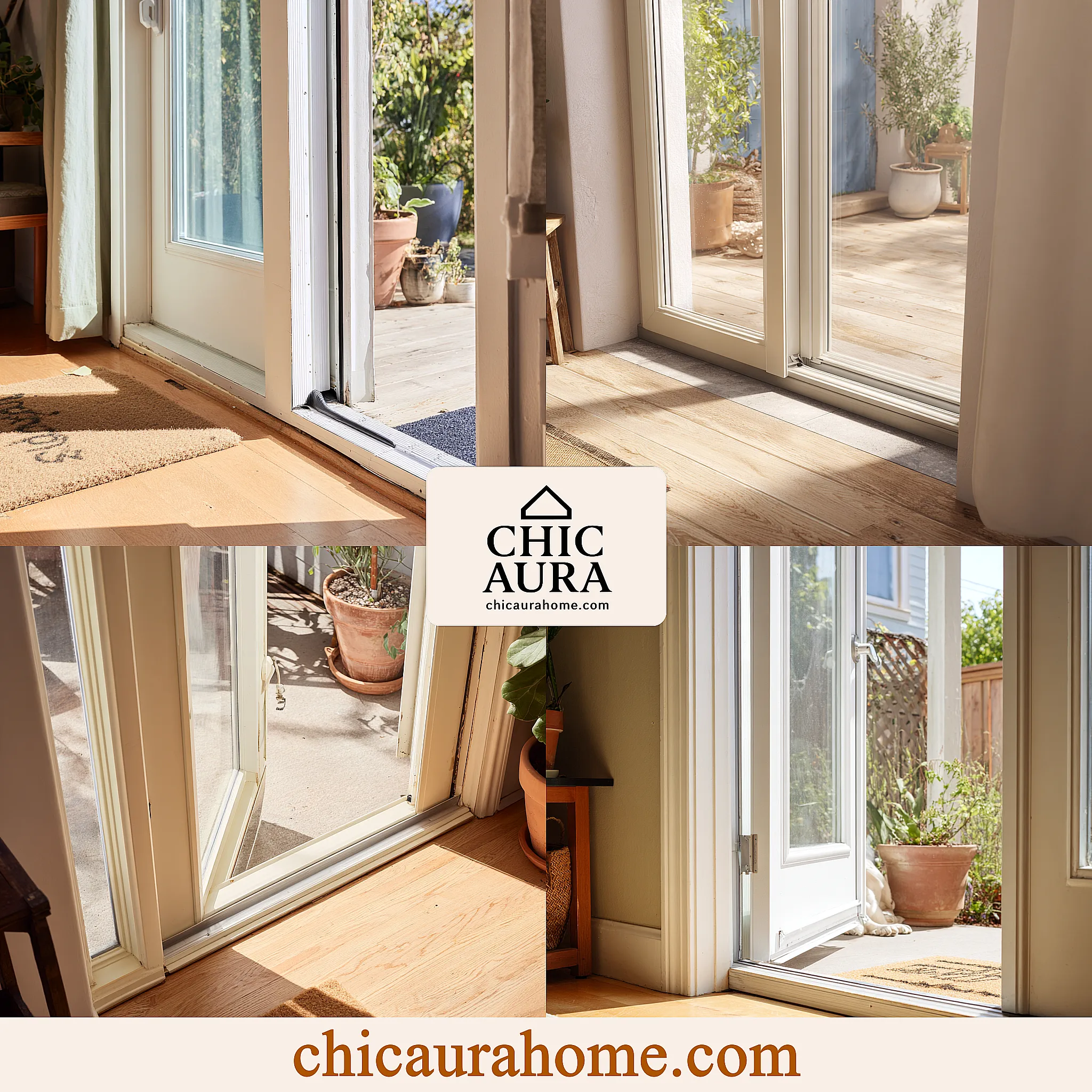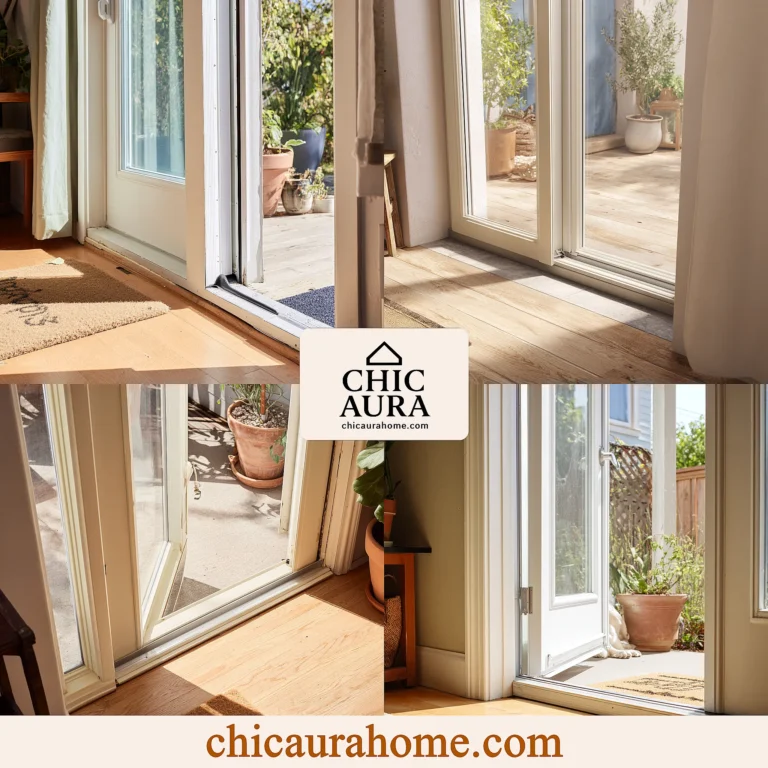
Weatherstripping french doors is not just about enhancing your home’s aesthetic appeal; it’s a critical step towards energy efficiency and comfort. With the right weatherstripping, you can prevent drafts, reduce energy bills, and keep your home at a comfortable temperature year-round. This guide will walk you through the essentials of weatherstripping your french doors, ensuring you make informed decisions that lead to significant savings and improved home comfort. Whether you’re dealing with old doors that let in cold air or looking to upgrade your home’s insulation, understanding the basics of weatherstripping is the first step towards a more energy-efficient home.
Why Weatherstripping French Doors is Essential
Weatherstripping french doors is essential for maintaining your home's energy efficiency. Without proper sealing, french doors can become a significant source of heat loss during winter and cool air loss during summer. This not only leads to higher energy bills but also puts unnecessary strain on your HVAC system. By installing high-quality weatherstripping, you can create a tight seal that prevents air leaks, reduces noise, and even keeps out dust and pests. It's a simple yet effective way to enhance your home's comfort and sustainability.
Choosing the Right Weatherstripping for French Doors
Selecting the right weatherstripping for your french doors depends on several factors, including the door's material, the size of the gap, and your climate. Common types include V-strip, felt, foam tape, and door sweeps. Each has its advantages, with some offering better durability and others providing superior insulation. For french doors, it's crucial to choose a weatherstripping that can accommodate the door's movement and provide a lasting seal. Consulting with a professional or visiting a reputable home improvement blog can help you make the best choice for your needs.
Step-by-Step Guide to Weatherstripping French Doors
Installing weatherstripping on french doors is a straightforward DIY project that can yield immediate benefits. Start by cleaning the door frames to ensure the weatherstripping adheres properly. Measure the gaps around the doors to determine the amount of material needed. Cut the weatherstripping to size and apply it carefully, ensuring a snug fit without obstructing the door's operation. Test the doors to make sure they close smoothly and check for any remaining gaps. With patience and attention to detail, you can achieve a professional-looking result that enhances your home's energy efficiency.
Conclusion
Weatherstripping french doors is a simple yet impactful way to improve your home's energy efficiency and comfort. By understanding the importance of a good seal, choosing the right materials, and following a careful installation process, you can enjoy lower energy bills and a more comfortable living environment. As energy costs continue to rise, taking steps like weatherstripping your french doors can make a significant difference in your home's overall performance. Consider this an investment in your home's future, one that pays dividends in comfort and savings.
Frequently Asked Questions
Q: How often should I replace the weatherstripping on my french doors?
The frequency depends on the material and exposure to weather, but generally, it's a good idea to inspect your weatherstripping annually and replace it every 3-5 years or as soon as you notice signs of wear.
Q: Can I install weatherstripping on my french doors myself?
Yes, most types of weatherstripping are designed for easy DIY installation. However, for the best results, follow the manufacturer's instructions carefully and take your time to ensure a proper seal.
Q: What's the best type of weatherstripping for extremely cold climates?
In very cold climates, look for durable, high-density materials like silicone or rubber that can withstand temperature fluctuations without losing their sealing properties.

